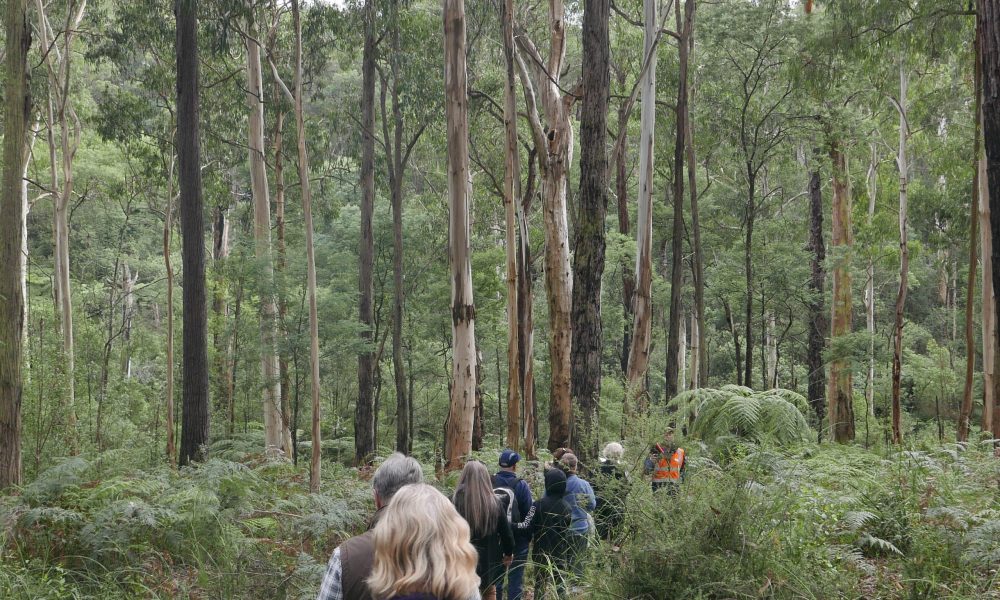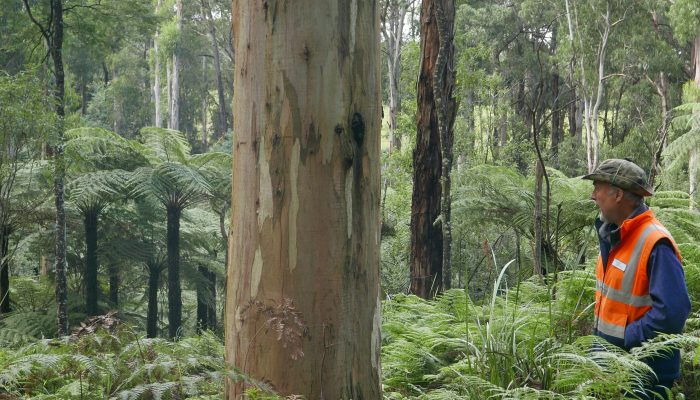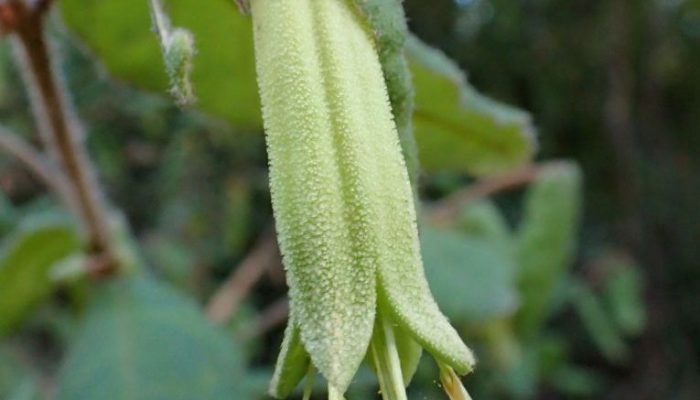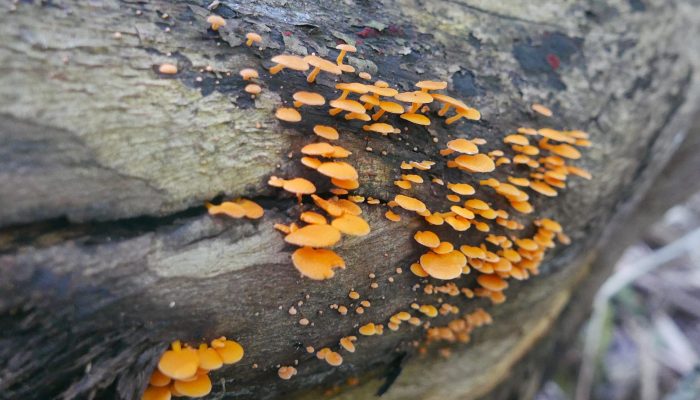Harbury Reserve is a 21.5 hectare bushland area located to the east of Melbourne, between Gembrook and Pakenham. It forms a part of an important forest corridor including Bunyip State Park and contributes to the water quality of the local catchment, particularly in Bessie Creek.
An important feature of Harbury is its large old trees which are vital in a landscape where most old trees were cleared long ago. The trees provide critical habitat for animals such as gliders and large owls and other areas of the reserve allow other forest species such as Lyrebirds, to freely roam.
Harbury was almost entirely burnt by the Ash Wednesday bushfires in 1983.
All Trust for Nature reserves are closed on days of Total Fire Ban, and days of severe, extreme and code red fire danger.



